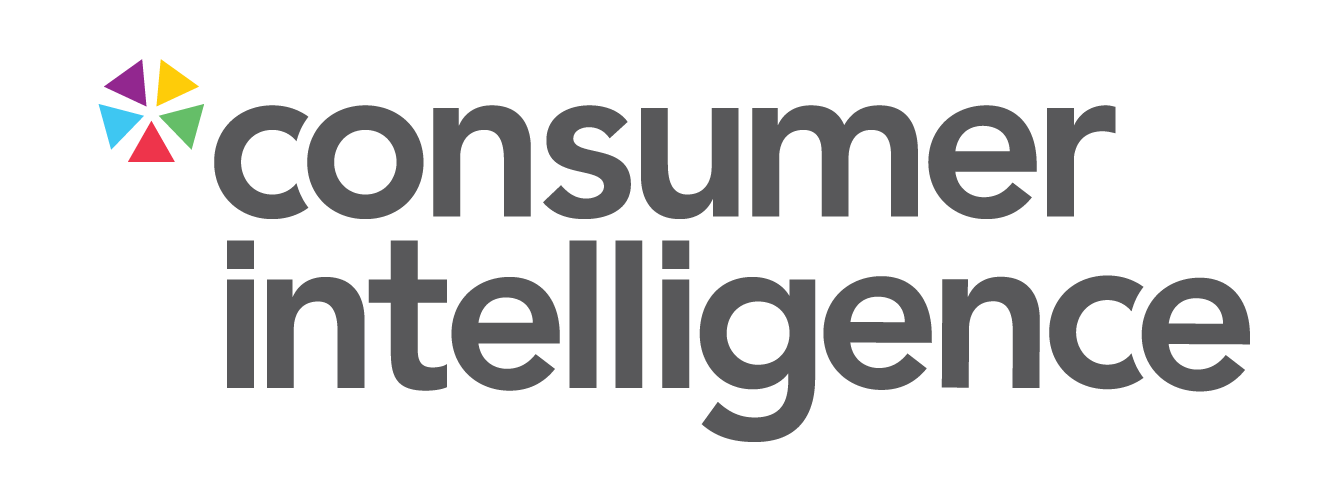In the increasingly complex landscape of the UK general insurance market, the definition of what constitutes an ‘essentials’ insurance product remains ambiguous.
From the perspective of the insurer, essentials products serve a clear purpose: To provide cash-strapped consumers with an affordable insurance option. Because, of course, some cover is better than no cover, right?
However, there is a problem with this theory.
Essentials products do not match up to customer expectations – and how could they? Currently there is no clear baseline for what constitutes an essentials product – with cover inclusions varying across the board. So, without reading their policy document from front to back, consumers are left in the dark about what cover their new affordable policies actually provide.
This doesn’t stop these cheaper policies from being a tempting option for consumers trying to save some money – and this temptation is only growing. Over the last year, Consumer Intelligence has noted an increase in essentials products entering the market, and the likelihood of an essentials product appearing in the top five cheapest quotes on a price comparison website (PCW) growing by 7%.
The illusion of value
On the surface, essentials products often appear to be of good value. However, the minimalistic representation on PCWs — oftentimes with simple ticks and crosses — barely scratches the surface of what is covered and what is not. This means consumers must do their own digging to really get a grasp on what the cover offering is, and the lack of collective understanding of what constitutes an essentials product can lead to a significant information gap for the average consumer.
Consumer Intelligence partnered with Fairer Finance to better understand what's happening here, and their insights revealed further inconsistency as to what is considered ‘essential’ cover. According to their data, of all essentials products currently on the market, personal accident cover is included in just half, while only 43% come with windscreen cover as standard. To the average consumer, it probably seems as though there’s no rhyme nor reason for what’s included and what is not.
Consumer Duty and the need for clarity
This lack of consistency raises a crucial question about Consumer Duty, particularly under the third outcome: Consumer Understanding. Are current practices in marketing and selling insurance adequate in ensuring that customers truly understand what they are purchasing?
The disparity in what is included in essentials products suggests a market-wide issue that could lead to poor claims experiences and an increase in complaints, attracting further scrutiny from the Financial Conduct Authority (FCA).
A call for industry-wide standards
The rhetoric among insurers seems to be that ‘some cover is better than no cover’. However, this mindset can be detrimental if the specifics of the cover are not properly communicated. There lies a significant responsibility on insurers to develop a clearer, more consistent framework for essentials products. By building a baseline understanding and improving communication, insurers can help consumers make informed decisions that align with their needs and expectations.
Collaboration and communication
To address these challenges, it is imperative for insurers to collaborate, perhaps under the guidance of regulatory bodies, to establish clear, straightforward definitions and expectations for essentials insurance products. Enhanced transparency and education should be at the forefront of this initiative to ensure that every consumer can navigate the insurance landscape with confidence.
Moving forward
The increased popularity of essentials products, driven by economic necessity and the attractiveness of seemingly lower prices, highlights the urgent need for reform in how these products are presented and understood.
The surge in essentials products underscores a pressing need for greater transparency and consistency – but first, insurers need to understand where they stack up against the market. Ensure that your consumers are done right by – whilst also avoiding regulatory scrutiny from a Consumer Duty standpoint. For those within the industry seeking to understand and optimise their competitive position, benchmarking with Market View [link] is the first step. Gain the critical insights needed to navigate and respond to the ever-evolving landscape of general insurance.



Submit a comment